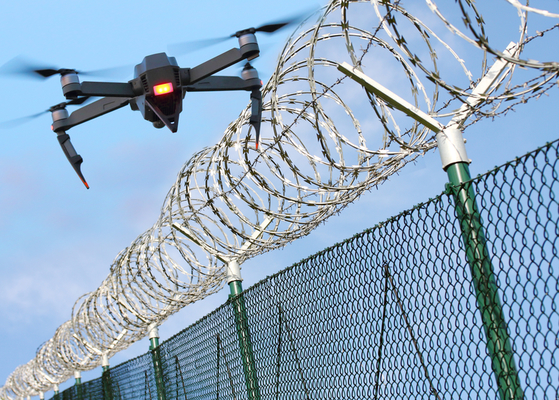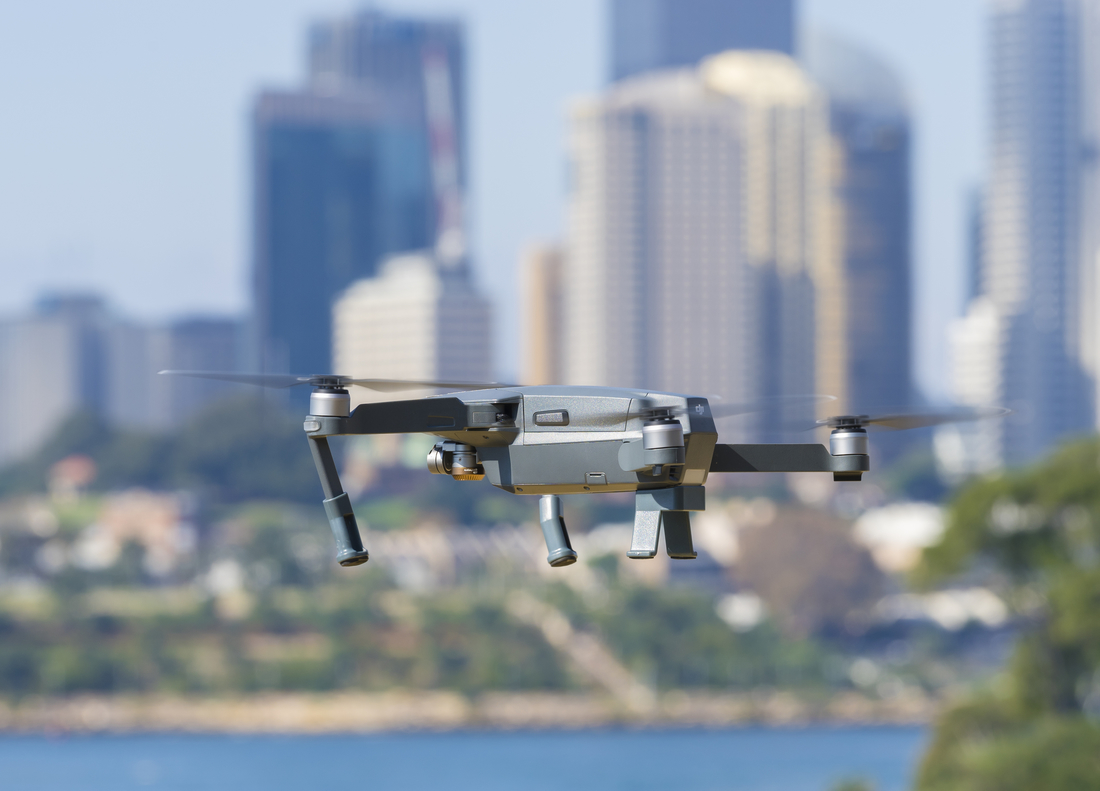
If you would like to fly a drone in America, you are likely to need to listen: that the Federal Aviation Administration (FAA) simply issued the single most significant set of modifications into US drone law because the bureau first obtained an interest in the technology. With the correct permit, you will quickly have the ability to fly through the night and more than individuals. However, the greatest change is that: in 2023, it might be illegal for you to fly some drones whatsoever if you don't retrofit them using their broadcasting gear.
In 2022, the US authorities will need each new mass-produced drone weighing over 0.55 lbs (0.25 kg) to broadcast on your place -- and I do mean where you are, not only the place of your drone. You will also be broadcasting an identification number that law enforcement may cross-reference together with your registration amount, in addition to your drone's rate and elevation.
It is all a part of a brand new"Remote ID" regularly made to provide the FAA and law enforcement a handle on what is flying around at the heavens and it makes sense we may want something like this, thinking about the present system only needs one to slap a sticker in your drone which nobody is going to have the ability to see while it is flying through the atmosphere. In this manner, law enforcement could figure out who is flying any drone dangerously and closed them down.
Nevertheless, the Remote ID rule does not just apply to new drones: in 2023; it will be illegal to fly the present drones with the same broadcast. There is no grandfathering plan for elderly drones, no exemption for home-built racing drones, also it is irrelevant whether you are flying it for pleasure or perhaps just flying it inside. You will either have to retrofit it with a fresh broadcast module or just fly in a specially designated drone flying zone known as an"FAA-Recognized Identification Place," by the rules. No such places yet exist -- that the FAA will soon be accepting applications to the zones in 2022.
Additionally, it is notable the FAA is not saying exactly how or just how much those drones will need to broadcast their individuality, mainly leaving it up to producers to work out the best means to do so within the next 18 to 20 weeks, and that is when fresh drones marketed in the USA will need to comply.
To get a DJI-style drone that currently packs lots of technologies and connects to a smartphone, it may theoretically be as simple as sending an extra sign every so often, however it is dependent upon what the FAA decides to approve in the long run. DJI and Skydio could not yet tell me exactly what their avenues ahead will be, making me wonder if there is some wrinkle I am missing.
"DJI has supported the FAA's Remote ID initiative since it is going to improve drone liability, security, and protection.

TBD
It's worth noting that although DJI railed from the FAA's first proposal which may have demanded every drone to broadcast their Remote ID on the world wide web, the last rules specifically do not need an online connection, also indicate that producers may simply utilize short-range Bluetooth or even Wi-Fi.
Here is self-flying drone manufacturer Skydio's announcement: "We're reviewing the FAA's new rule on distant identification, which comes into effect in about 30 months. There's not an immediate effect on Skydio clients. We're working closely with the FAA and taking measures to make sure that our present and future products will be consistent with all the new frame."
Should it prove hard to bring these broadcasts? Or if individuals become concerned about showing their place, it might alter the manner drones are created and marketed. Firms like DJI already attempt to maintain some drones beneath the 0.55-pound weight limitation so buyers do not need to legally register them with the FAA. Today, more drones are very likely to follow suit, and producers of more affordable flying toys may think twice about crossing that burden limitation too. Even racing drones developed to lose as much weight as possible now must variable a potential Remote ID transmitter in their build.
And simply because you have got a Remote ID transmitter does not mean that you can have a watch off your drone, incidentally.
If you are a professional, accredited drone operator, there's some very fascinating and long-awaited news now together with the Remote ID principle, however: that the FAA has determined to eventually permit you to fly drones over individuals, at nighttime, and sometimes even over moving cars, without even applying for a particular exemption.
Flying at night necessitates extra instruction and anti-collision lights" which may be viewed for 3 statute miles and also have a flash rate enough to prevent a collision." Flying over individuals is dependent upon how dangerous your drone has been concerning weight and sharp propeller blades.
Category 1 qualified small unmanned aircraft should weigh less than 0.55, such as what on board or attached and include no exposed rotating components that would lacerate individual skin.
Category 2 qualified small unmanned aircraft should not result in harm to a human being that's equal to or higher than the seriousness of injury brought on by transport of 11 foot-pounds of kinetic energy upon impact by a rigid thing, does not include any exposed rotating components that may lacerate body upon impact with an individual being, and doesn't include any safety flaws. Requires FAA-accepted way of compliance and FAA-accepted announcement of compliance.
Category 3 qualified small unmanned aircraft should not result in harm to a human being that's equal to or higher than the seriousness of injury brought on by transport of 25 foot-pounds of kinetic energy upon impact from a rigid thing, does not include any exposed rotating components that may lacerate body upon impact with an individual being, and doesn't include any safety flaws. Requires FAA-accepted way of compliance and FAA-accepted announcement of compliance.
Category 4 qualified small unmanned aircraft has to have an airworthiness certificate issued under Part 21 of all FAA regulations. The operating limitations shouldn't prohibit surgeries over human beings. Must have care, preventative maintenance, alterations, or inspections done in compliance with specific conditions in the final rule.
You can not fly a little Category 1 or Category 2 drone on individuals unless it has got a Remote ID transmitter while Category 3 can not be flown over"open-air assemblies of individual beings," only personal regions where individuals are undercoated constructions or have been cautioned that a drone will probably be flying over. Regardless, you will want an FAA Part 107 license to fly through the night or more people in any way, so taking a test and receiving accredited. These particular rules must go into effect in approximately two weeks.
